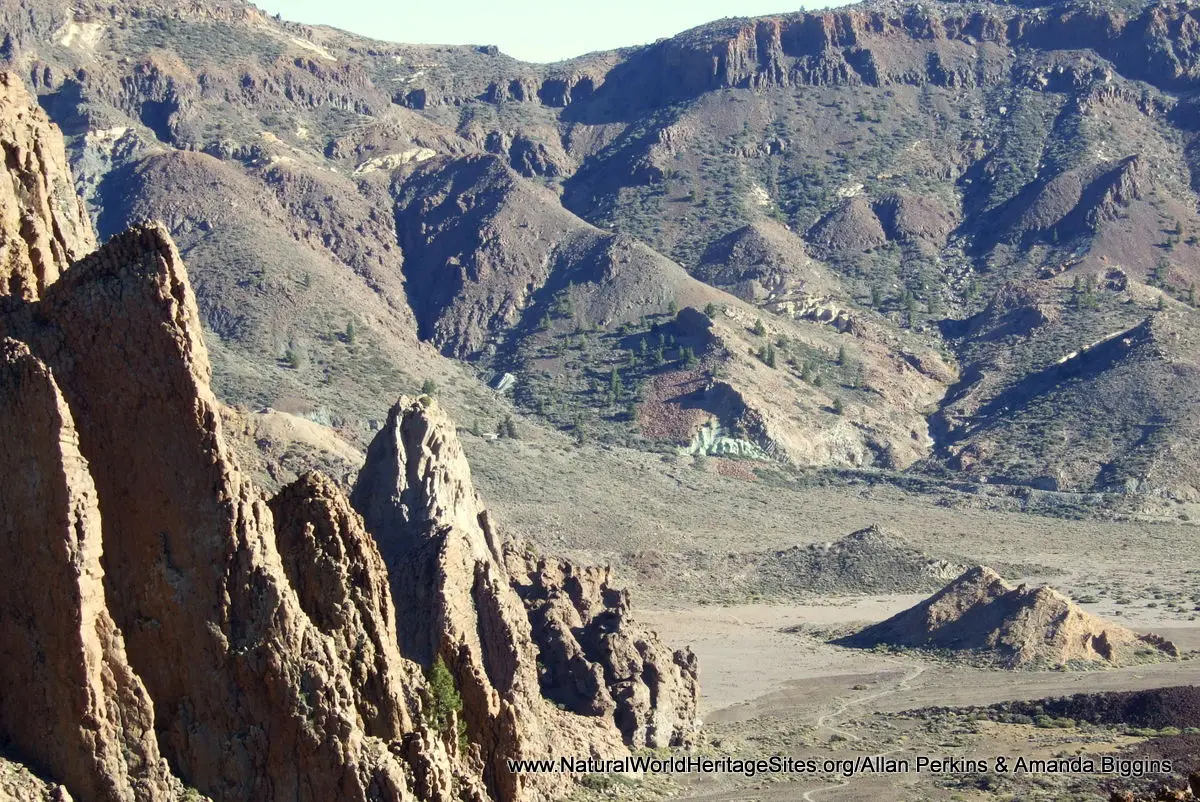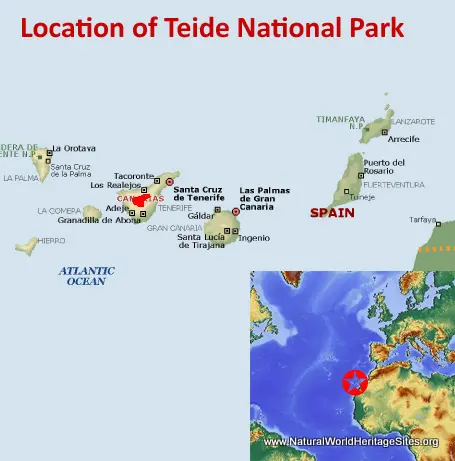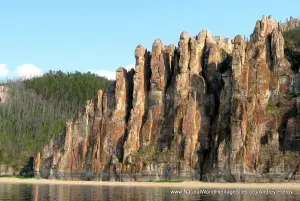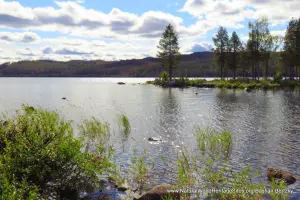EXPLORE Teide National Park with this slideshow, check the location map and get all the facts and information below.
For slideshow description see right or scroll down (mobile). Click to view slideshow
Location and Values: Teide National Park is located in Tenerife, one of the Canary Islands (a Spanish territory in the Atlantic Ocean, about 250 km west of the Moroccan coast). The park features the Teide-Pico Viejo volcano, the third-tallest volcanic structure in the world, rising 7,500m from the ocean floor (with 3,718m above sea level). It includes an exceptional diversity of landforms, derived from different stages in the development of the volcanic complex, and provides scientific evidence to inform our understanding of the geological origins and evolution of many of the world’s oceanic islands. The geological diversity combines with constantly-changing weather conditions and cloud formations to create some visually stunning landscapes, and the world heritage listing recognizes the site’s outstanding natural beauty as well as its geological values.
Conservation Status and Prospects. According to IUCN’s Conservation Outlook Assessment (2017) the conservation status of Teide National Park is ‘good’ and there are few significant threats to the site’s world heritage values. From a geological perspective the possibility of new volcanic eruptions should be seen as part of the natural processes that created the site, which might add to its scientific interest and geological value. On the other hand, the site’s outstanding scenic values may be adversely affected by volcanic events and a number of other factors, including the impacts of climate change on vegetation; and reduced air clarity/visibility resulting from wildfires in the park’s buffer zone forests. The park receives a very high number of visitors – 4 million in 2016 – which can have localized impacts on the environment, but these are effectively managed through provision of viewpoints, parking areas, toilets, signage, information panels and an extensive network of trails to disperse visitor pressure as widely as possible.
The site has important biodiversity values (not specifically recognized in the world heritage listing), with some notable endemic species of fauna and flora that are threatened by alien invasive species of plants and animals. Some introduced animals, such as rabbits and Corsican Mouflon, threaten native plants through excessive grazing pressure. Feral cats are known to impact populations of Canary Lizard and other reptiles. In addition there are 70-80 invasive alien plant species which might potentially outcompete and displace the native flora. However, these invasive plants are generally found in nitrogen rich areas near tourism infrastructures, and have not spread to other areas of the site. Important measures to control alien plant and animal species are underway.
Links:
Google Earth
Official UNESCO Site Details
IUCN Conservation Outlook
UNEP-WCMC Site Description
Birdlife IBA
Slideshow description
The slideshow ‘tells the story’ of Teide National Park with a portfolio of photos by Allan Perkins and Amanda Biggins from a visit in March 2019. They illustrate the geological and landscape features of this outstanding place, together with some of the typical plants and animals. Some of the endemic species, such as Berthelot’s Pipit, Tenerife Blue Chaffinch and Tenerife Lizard are shown, as well as some endemic plants including Teide Marguerite Teide Wallflower and Teide Vipers Bugloss. Some visitor centre exhibits, other visitor facilities, trails and information panels are included as well as some views of the wider landscape outside the site.
Factfile
Website Category: Earth Features
Area: 190 km2
Inscribed: 2007
Criteria:
- Exceptional natural phenomenon (vii);
- Outstanding natural beauty (vii);
- Geological features (viii);





